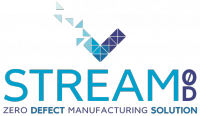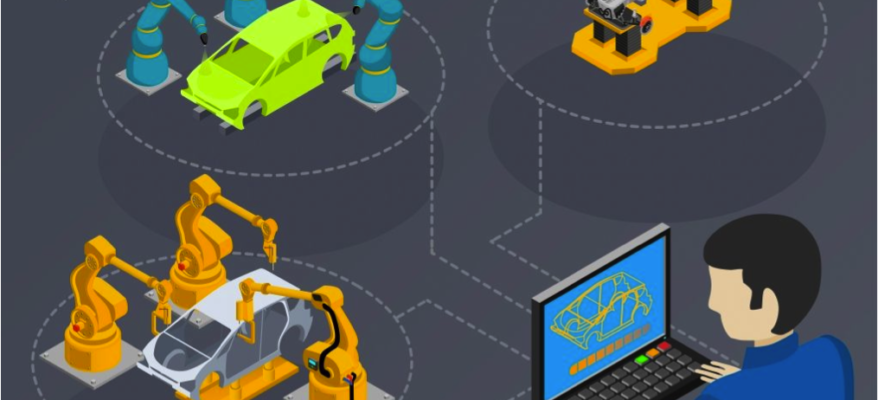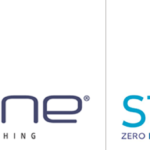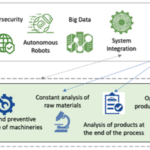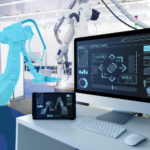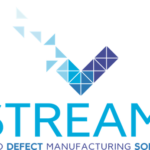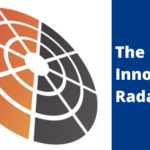STREAM-0D: The hunt for the perfect industrial product
Zero defects during the production process? It can be done with STREAM-0D, a project aimed at improving production in real-time through the introduction of predictive models. Here is how this EU-funded project works.
The solution that will enable industries to drastically reduce error margins and optimize production is called STREAM-0D. “Simulation in Real Time for Manufacturing with Zero Defects” is the extended name of this project, funded by the European Commission within the Horizon 2020 framework program and carried out by a group of partners coordinated by José R. Valdes, project manager of the Instituto Tecnologico de Aragon (ITAINNOVA); the institute’s mission is to foster the adoption of technological processes within companies and therefore face the new challenges imposed by an evolving society.
The project is the result of a teamwork carried out by ten partners coming from seven different European countries: three research institutes and universities, four SMEs and three end-user companies. The consortium is assorted because assorted is also the context to which the results of the projects could be applied: this is why STREAM-0D currently involves several experts in different fields of the industrial development chain.
In short, STREAM-0D is a process that improves real-time production thanks to predictive models. We will discover how a little further. Now, let’s focus on the context.
Industry 4.0: its goals and how to achieve them
Modern manufacturing industries basically aim at three goals: guaranteeing high product quality with low variability (thus aiming at a zero defects production); arrange short production cycles that allow simple reconfigurations of the production line; take advantage of lower manufacturing costs.
These goals are consistent with the challenges and opportunities identified in the “Manufacturing 2030” report that the European Commission published for the “Factories of the future” section of the Horizon 2020 program. Valdes explains to Industria Italiana why STREAM-0D is a solution that could guarantee European industries with the advancements identified by the European Commission in its report.
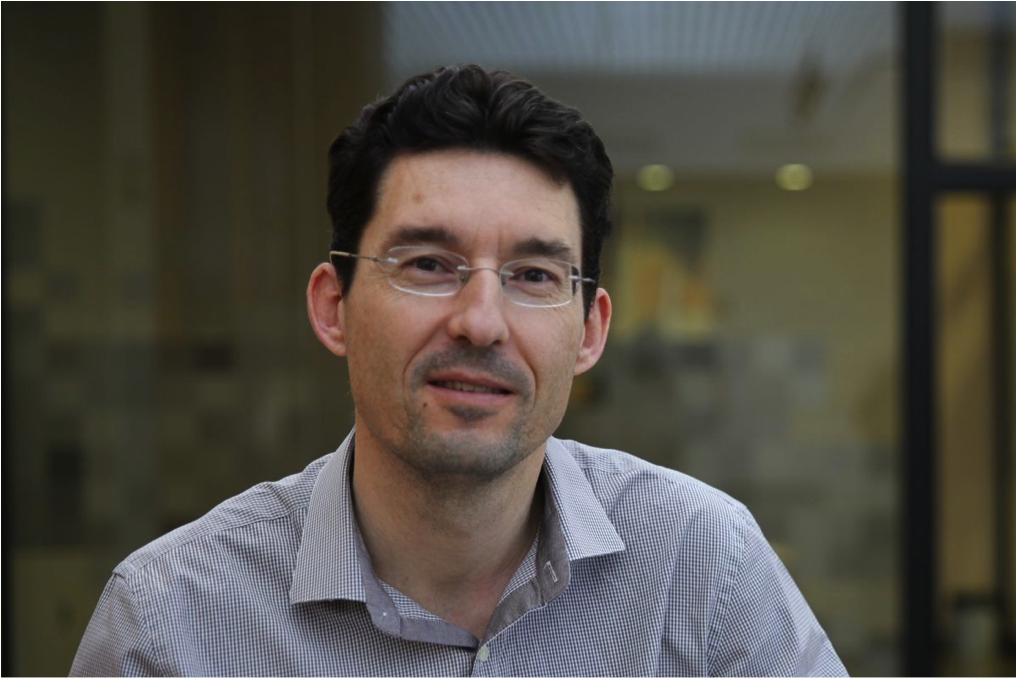
«STREAM-0D’s main objective is to overcome the limits of the current mathematical simulation systems by applying DDDAS systems to the manufacturing process», says Valdes. «DDDAS stands for Dynamic Data-Driven Application Systems; these systems represent the most innovative application within the engineering tools based on mathematical simulation models: in fact, they allow the link between simulation tools and instruments that can perform measurements of physical parameters, thus allowing the real-time monitoring of the simulations and the ongoing process. This synergistic feedback control loop among simulations, measurements and applications has been applied in many sectors, but its huge potential for enhancing manufacturing processes remains untapped».
STREAM-0D: transferring simulation from design to production
Simulation is important for industries 4.0 as it fosters extensive savings in terms of costs and time: it allows designers to understand in depth the physical behavior of a product or system, detect and correct errors and malfunctions, predict and analyze virtual what-if scenarios, fine tuning the design of the system before it is actually built and thereby drastically reduce the number of physical prototypes and physical tests needed to design and prepare a new product for production. CAD, dynamic simulation, FE models, CFD models and even multi-domain models with fluid-structure, thermal-structure and other types of interactions are routinely used to this effect.
«However, the beneficial application of simulation models is limited by the fact that there is a great gap between the application of the models in design and the production phase», Valdes highlights. «The design phase works with one generic virtual unit, production deals with thousands of real units manufactured at very fast rates and detailed physics-based models used in the design phase are complex and computationally expensive». During the design phase, designers work with nominal values of all the parameters of interest to achieve a given functionality, determined by Key Performance Indicators (KPIs), usually geometrical or physical quantities, within the admitted tolerance range.
Production cannot work with nominal parameter values and each produced unit is subjected to the dimensional and material variations of the components and materials of which it is made. The variability in the material properties is especially difficult to minimize. «Of course, a certain tolerance range is allowed for every component, but individual tolerances can accumulate and yield unacceptable product units because highly defective: defects in individual parts propagates via accumulation of tolerances», Valdes says, highlighting the fact that an additional step change in the production methods is then needed in order to avoid this propagation.
The project manager explains: «It is not feasible to correct errors, deviations and malfunctions detected in products after they have been produced; in general, such units must be discarded or reworked when possible. Ideally, we should detect and correct deviations before reaching the end of the line, but production lines advance at extremely fast rates. Therefore, we need tools able to detect and correct deviations in real-time, where real-time is the pace at which the production line advances. If we had a simulation model whose initial KPI prediction, based on the set of nominal design parameters, is continuously updated with the actual parameter values of every component, measured in-line, running at the same pace as the line, we could use the updated prediction to act upon subsequent phases of the production, in order to adjust the product to its exact design specifications and avoid defect propagation and reach zero-defect production».
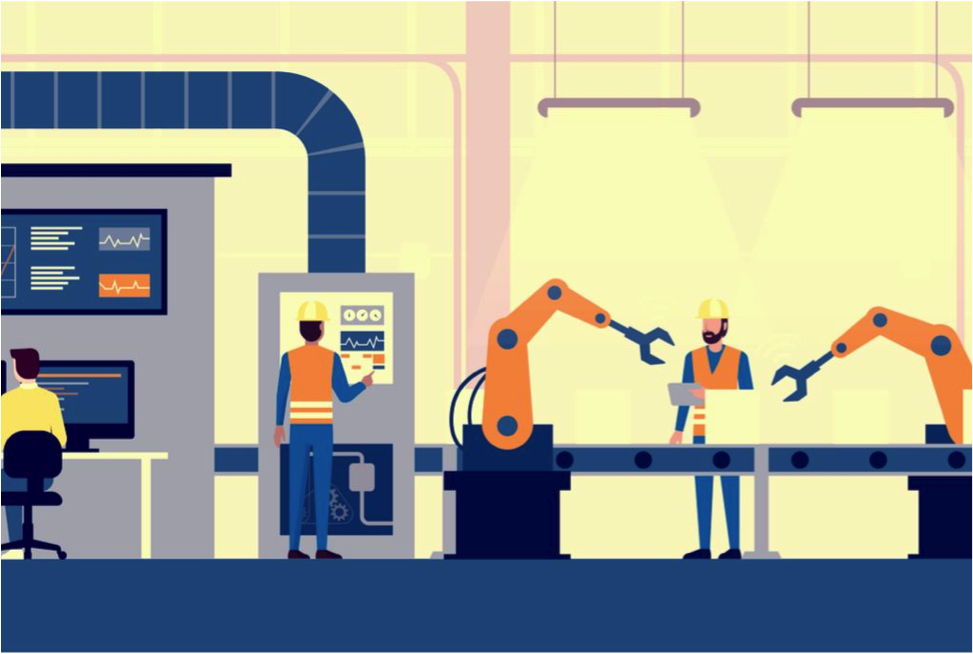
Merging knowledge-based systems and Reduced Order Modeling for a zero-defect manufacturing
Knowledge-based systems – that are basically software able to use a knowledge base to solve complex problems thanks to Artificial Intelligence – can be integrated in the production environment, and STREAM-0D does that, thanks to the association between power computing and Reduced Order Modelling (ROM) techniques. The core of this approach is constituted by the Reduced Order Modelling (ROM): what is it? «We are dealing with mathematical models able to reduce the computational complexity of a problem. These models, fed with actual data measured in-line during the process, will generate the control data for the production line machines in order to adjust the process parameters to get a “perfect” product, fitting exactly the target design specifications», explain Valdes. «ROM appears as the key technology enabling the process improvement, because it allows us to transform detailed, complex, computationally expensive simulation models into modern abaci that instantaneously provide the output responses for a given set of inputs and can be run in the simplest platforms (laptops, tablets and even smart phones)».
«Production lines are frequently rich in measured data and additional measurement systems and sensors can be implemented in order to monitor dimensions, material properties and process variables», says Valdes. «This real data collection can be entered in a simulation model to forecast the KPIs of the production in real time and take smart manufacturing decisions to accurately adjust the final characteristics of the production to previously defined target design specifications, avoiding defects. This closed loop between simulation, measurements and production will allow us to continuously adjust the production process and quickly customize it for new product batches with different design targets».
«Moreover, in order to reduce down times related to readjustment of the line for new designs, each unit and its specific indicators is marked. The so generated big amount of data is stored, processed and exploited for generating and managing knowledge (data-based models) which can be used to improve the production process, keep traceability of the product along the process, enable early detection of defect patterns, and generate rules for the operator to improve decision-making».
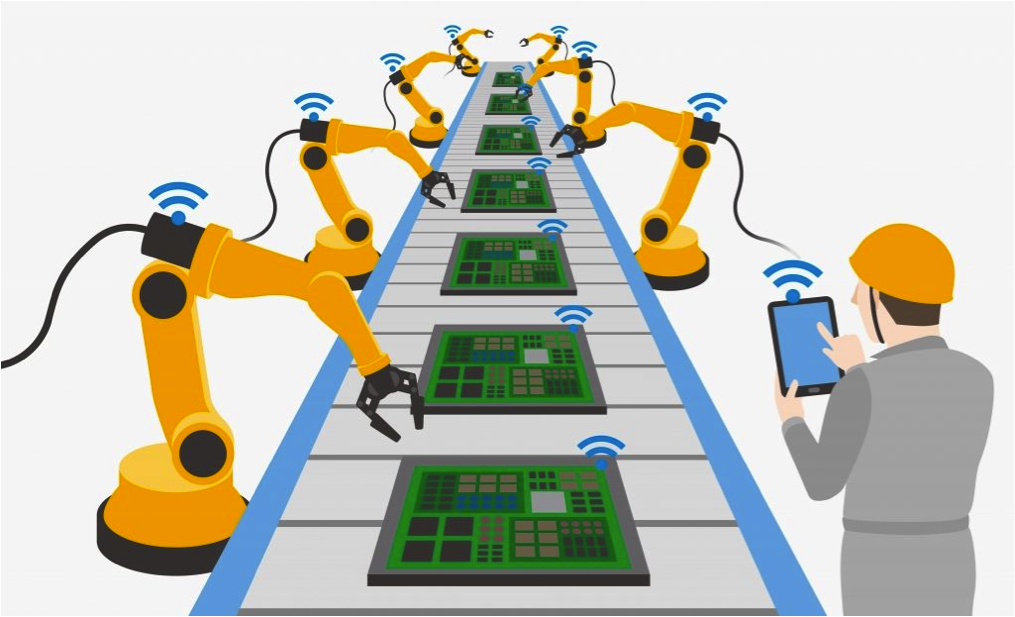
How the production line improves, in figures
Valdes explains: «STREAM-0D project has several objectives: the main one is monitoring and adjusting the production process in real-time so that the product performance indicators could fit the target specifications with an accuracy of 95%. STREAM-0D allows also the increment of production flexibility decreasing by at least 30% the time needed for the adjustment and ramp-up of the production line and the fabrication process parameters for production of new designs. The line improve its efficiency reducing by 10% the amount of rejected units and material. Subsequently, production costs decrease by 15%, while production rates increase by the same rate», the Project Manager says.
The STREAM-0D project, before being proposed to manufacturing companies on the market, will be developed and validated within the production lines of three industrial partners – Standard Profil, ZF-TRW and Fersa Bearings – that are part of the consortium that promoted the project itself. These application cases showcase different production methods, types of products, employed materials and physical phenomena at the base of production processes. Partners all belong the automotive sector, which is the most advanced in the transformation process towards 4.0 and which is worth, globally, some 18 billion euro. But these are just three examples: the STREAM-0D process, for its characteristics, could be potentially applied to the whole industrial sector, regardless of the specific application field or size of it.
—
This is an extract from an article by Bruna Rossi that firstly appeared on Industria Italiana on June 4th, 2018. The translation has been carried out by STREAM-0D team.
